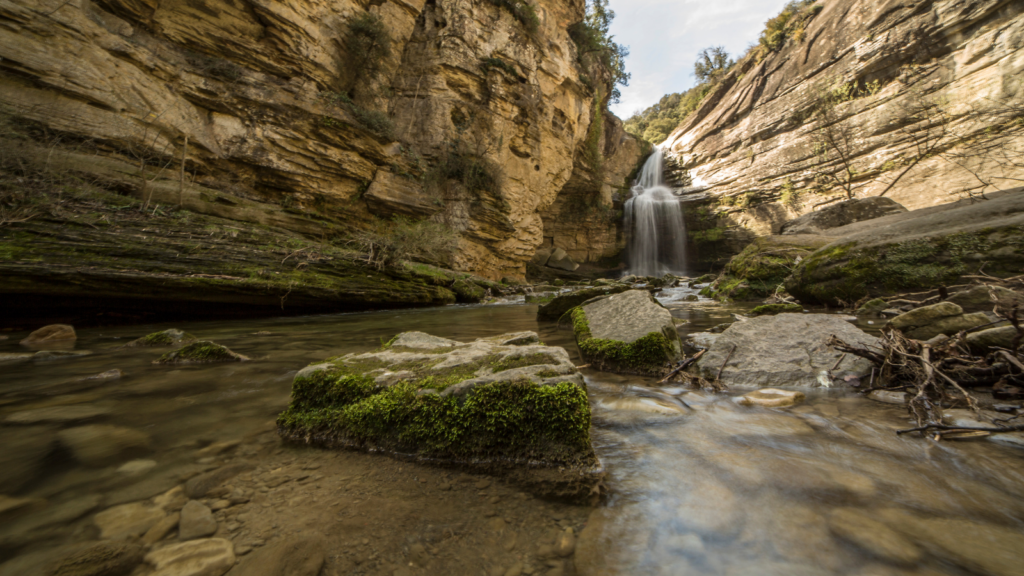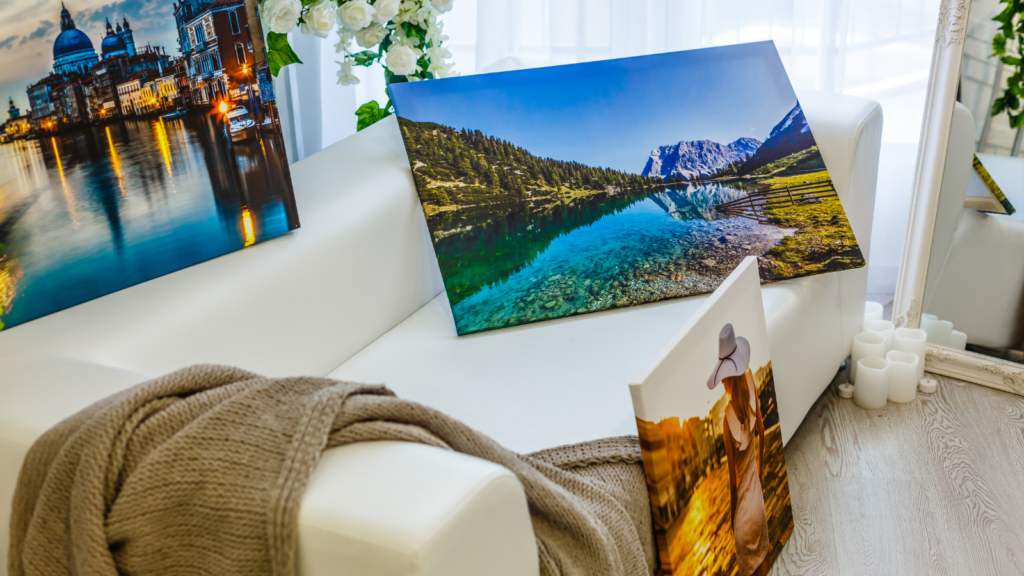A good photograph isn’t just about the subject, it’s about how that subject is presented. The art of photo composition is what separates a snapshot from a masterpiece. It’s the arrangement of visual elements that draw the viewer’s eye and tell a story.
Photo Composition Examples

Whether you’re a seasoned photographer or a beginner, understanding photo composition is key to capturing engaging images. In this article, we’ll delve into some striking examples of photo composition, revealing the techniques used by professionals to create stunning shots.
Photo composition elucidates the arrangement of visual elements within a photograph. It’s derivative of how elements such as objects, lighting, and color harmonize within a frame to craft a compelling image. For instance, a black-and-white image of a quiet street may play with light and shadows, while a vibrant photograph of a carnival might capture the riot of colors and movement.
Why is Photo Composition Important
Photo Composition serves as the backbone of an impactful photograph. It makes a significant contribution to engaging the viewer’s attention and providing a deeper understanding of the subject matter. For instance, the right composition can turn a picture of a simple apple into a captivating piece of art, emphasizing texture, color, and perspective. This highlights the essence of photo composition, transforming mundane realities into creative interpretations.
Top Instances of Photo Composition Examples
Immersion into the world of photo composition can revolutionize photography skills, morphing regular snaps into extraordinary images.
Landscape Photo Composition Examples

In landscape photography, utilizing the rule of thirds can significantly enhance photo composition. On display, say, in a photo of an enchanting sunset.
Picture a vast sky occupies two-thirds of the image, with an atmospheric orange sun gently settling on the bottom third. Such strategic placement draws viewers’ eyes, offering an absorbing vista fueled by detail, depth, and balance.
Portrait Photo Composition Examples
For portraits, the use of the eye-line technique stands out. This principle is dramatically illustrated in a close-up shot of a person’s face, with their eyes placed along the upper third line of the image. By putting emphasis on the eyes, this technique captivates the viewer, reflecting a wealth of emotion and story contained in the person’s gaze.
Expert Tips for Mastering Photo Composition
Using Lines for Dynamic Composition
Lines in photography composition, be they straight, curved, diagonal, act as leading lines that draw the viewer’s perception towards the subject. A solitary tree in a field, captured through the lines created by plough furrows, highlights how diagonals add dynamism to otherwise static landscapes. Utilizing lines consciously aids in directing the viewer’s focus, setting the rhythm, and enhancing depth in a picture.
Using Colors for Powerful Composition
Often overlooked, colors hold the power of invoking certain emotions and sentiments, creating an impactful composition. A picture of a vibrant blue sky contrasting with the startling yellow sunflowers illustrates this. It uses color contrasts to create a visual impact and direct the viewer’s attention. Mindful use of colors in a frame, thus, helps manipulate the viewer’s emotional response and accentuate the subject.
Experimenting With Angles
Working with different angles offer a refreshing perspective on everyday subjects. Capturing a towering skyscraper from a worm’s-eye view, emphasizing its grandeur and presenting an atypical perspective, provides an example of efficient angle utilization. Experimenting with angles, hence, enables photographers to present common subjects in extraordinary ways, lending a dramatic effect to images.
From Technique to Artistry

Mastering photo composition isn’t just about creating visually pleasing images, it’s about telling a story. From the rule of thirds and eye-line technique to the use of textures and colors, every element contributes to the narrative. It’s the delicate balance of these components that transforms ordinary snapshots into captivating masterpieces. The examples and techniques shared in this article offer a comprehensive guide for both beginners and seasoned photographers, showcasing how to use composition to elevate their work. With practice and patience, you’ll soon see the extraordinary in the ordinary, capturing images that not only look great but also resonate with viewers. Keep refining your skills and never stop exploring the art of composition.



